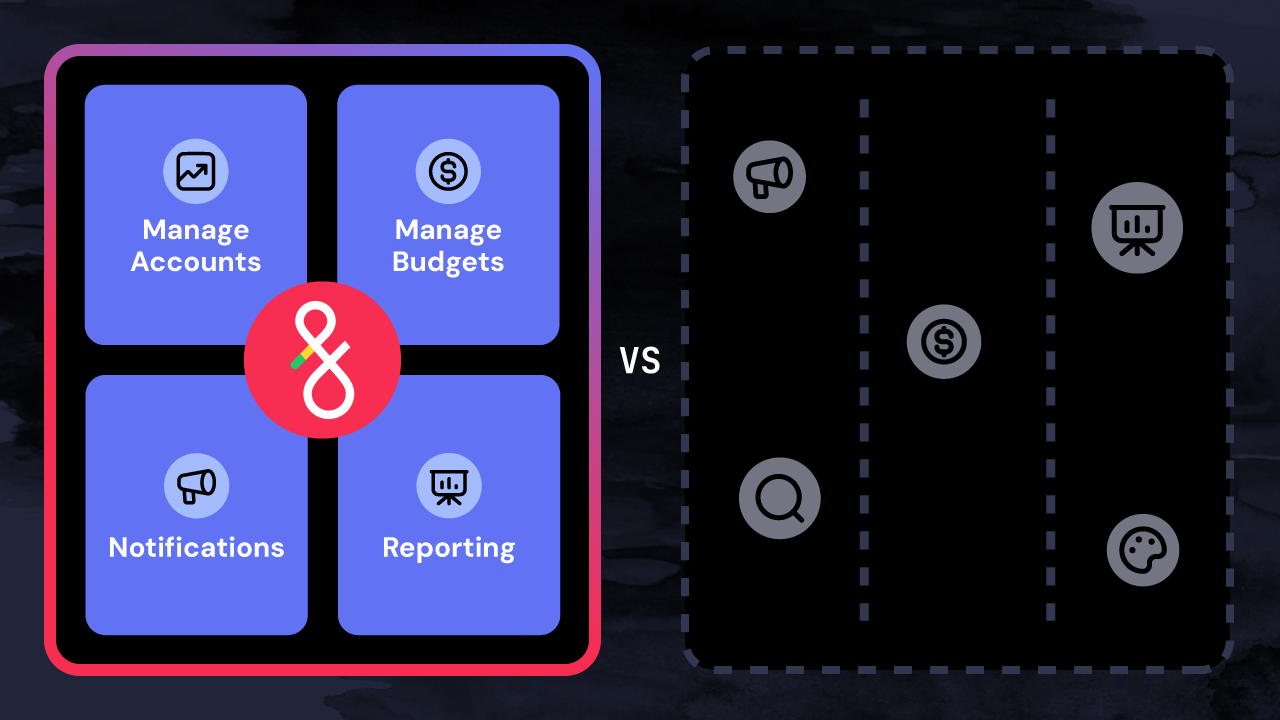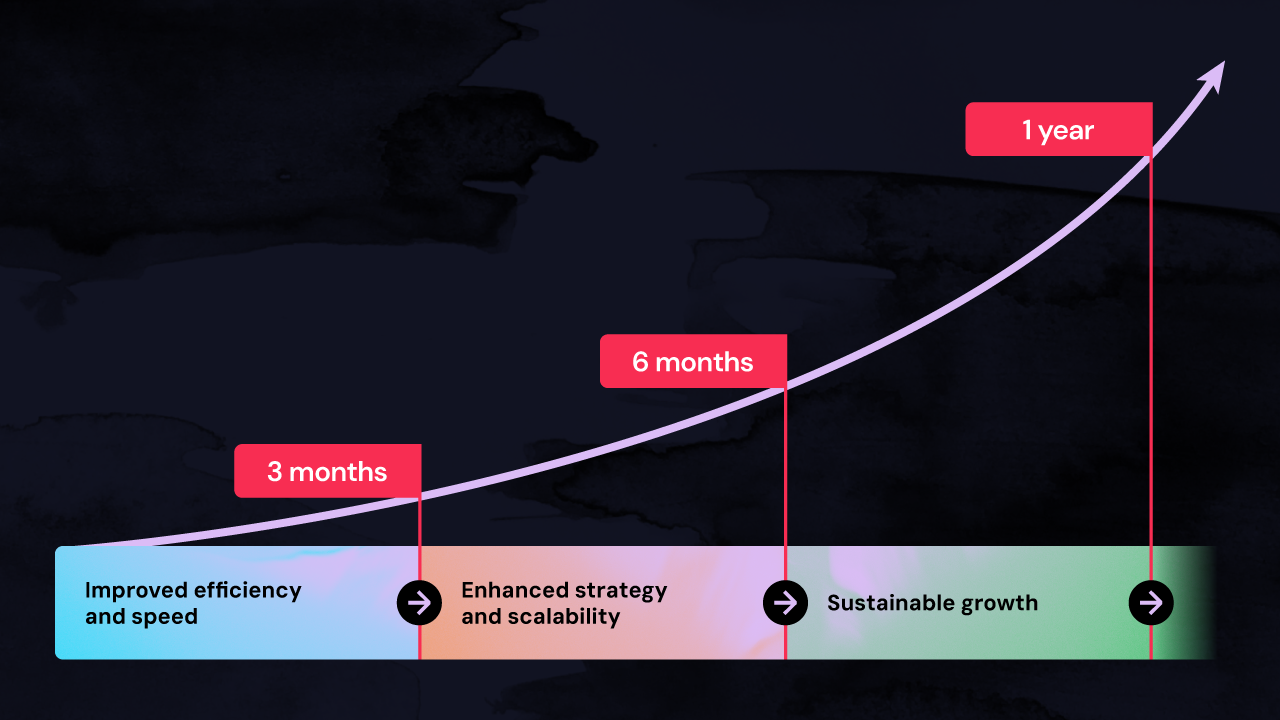Google recently adjusted their negative geo-targeting limits for all Google campaign types. As with any significant update, this change has potential implications for advertisers. If you manage a multi-geo strategy, it provides an opportunity to reassess your overall geo-targeting approach.
The following article provides the following:
- A breakdown of the changes
- A summary of updates Fluency has made to ensure advertisers remain minimally impacted
- Go-forward recommendations
What changed?
Google now limits country-level geo-targeting exclusions to 122. Previously, advertisers could exclude any number of countries from their targeting. As stated in Google’s community forum, they have done this to prevent abusive behavior, although it is not clear what that behavior may be.
What are the implications for advertising professionals?
As a result of this change, advertisers may experience reduced control over their ability to prevent traffic from outside of their target countries. In its community update, Google recommends advertisers “positively target” desired geo areas. However, across our network, we have historically observed traffic from locations outside of positive targets. Google’s update will impact the ability to mitigate that traffic (as well as associated click fraud and “extraneous clicks”) by limiting the number of countries that advertisers can exclude.
What updates did Fluency make to its platform in response to Google's update?
In response to the limitations, Fluency implemented a broad solution to help our clients maximize the effectiveness of negative geo-targeting. To remain compliant with Google’s excluded country limitations, this new functionality automatically monitors and prioritizes negative country targets most likely to be sources of irrelevant traffic, bespoke to the performance of each individual advertiser.
What should advertisers do next?
We all work within the framework the ad networks support. Advertisers running Fluency should review negative geo targets to ensure they accurately reflect your intent without exceeding new Google thresholds. We recommend that you continue to review your Out-of-country spend notification and work with us to determine what fits your observations best. For non-Fluency advertisers, you may want to periodically review Google’s “User Location” reporting.

.avif)




